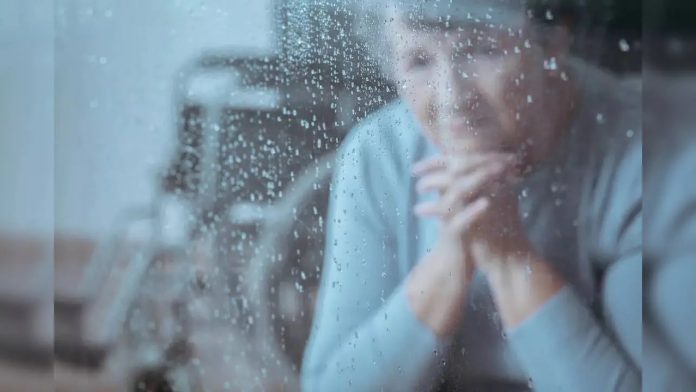Not all women at increased risk for breast or ovarian cancer develop the malignancy. A new study of more than 31,000 women who have inherited mutations in BRCA1 or BRCA2 genes, investigators found that the level of risk for breast and ovarian cancer was dependent upon the type of mutation. They believe that their study may lead to better prevention strategies for the cancers.
According to the National Cancer Institute, breast cancer is the most commonly diagnosed cancer after non-melanoma skin cancer among US women; in addition, it is the second leading cause of cancer deaths after lung cancer. The authors note that information regarding the relationship between specific mutations in BRCA1 or BRCA2 and cancer risk is limited. Therefore, they conducted a study to identify mutation-specific cancer risks for carriers of BRCA1/ or 2.
The study group was comprised of women who were carries of the BRCA1 or BRCA2 mutations and was an international sample. It included 19,581 carriers of BRCA1 mutations and 11,900 carriers of BRCA2 mutations from 55 centers in 33 nations on 6 continents. The researchers estimated the risk of breast and ovarian cancer based on mutation type, function, and nucleotide position (gene sequence).
The investigators found that iIn the group identified as BRCA1 mutation carriers, 46% were diagnosed with breast cancer, 12% with ovarian cancer and 5% with both types of cancers. A little more than one-third (37%) had not received a diagnosis of either. In the BRCA2 mutation carrier group, 52% were diagnosed with breast cancer, 6% with ovarian cancer, 2% with both types of cancer, and 40% were cancer-free.
The authors noted that their study revealed that a significant variability exists depending on what the specific mutation is. They note that their study results mark the first step in understanding how to personalize risk assessment based on a woman’s specific mutation. Thus, identifying the specific mutation might help the patient and her physician together whether to pursue traditional chemotherapy methods or preventative surgery, such as the double mastectomy performed on Angelina Jolie, who had a BRCA1 mutation.
The researchers cautioned that it still needs to be determined what level of absolute risk change will influence decision making among carriers of BRCA1 or 2 mutations. They noted that further research us needed to obtain a better understanding of what level of risk difference will change decision making and standards of care.








